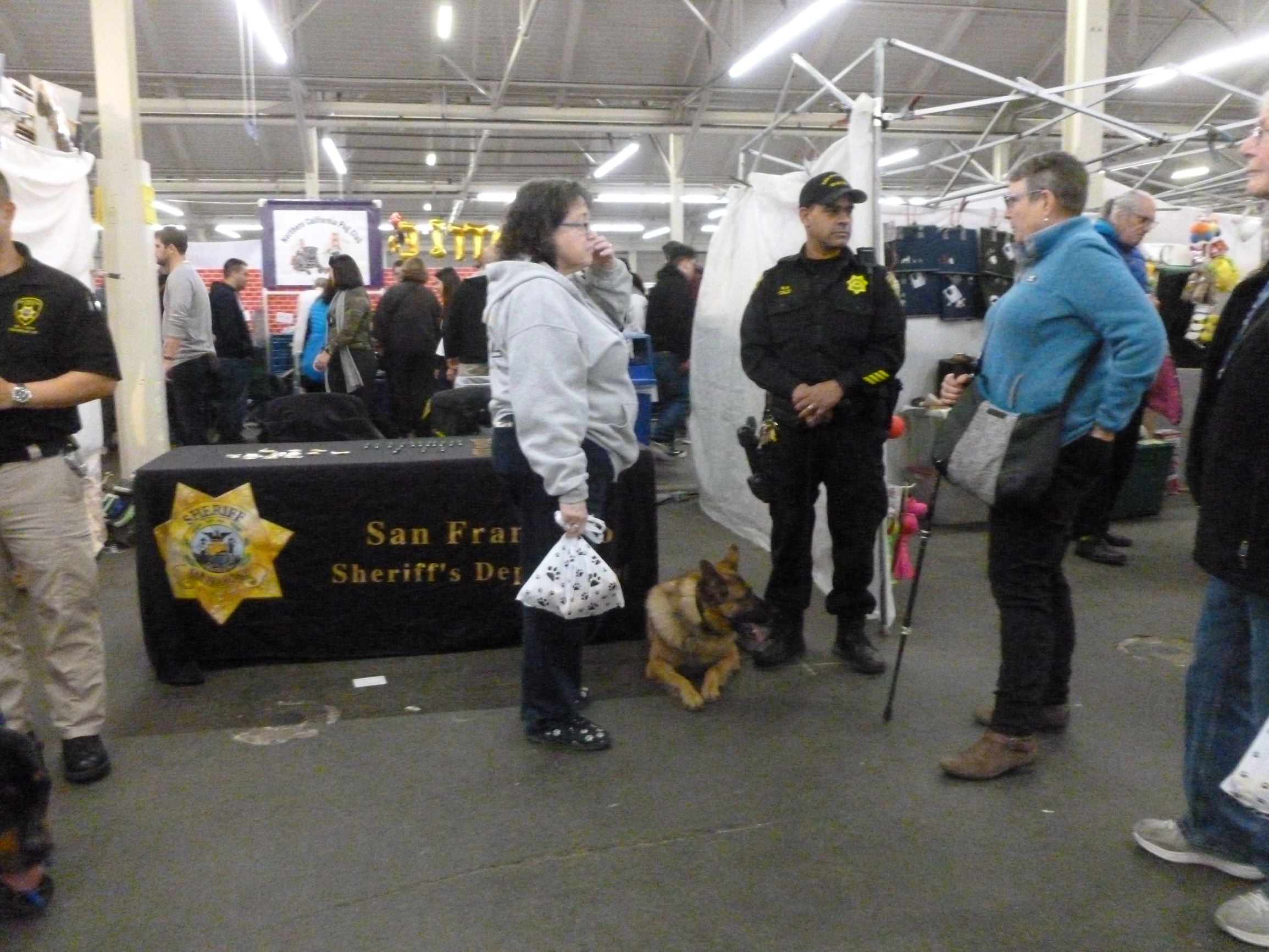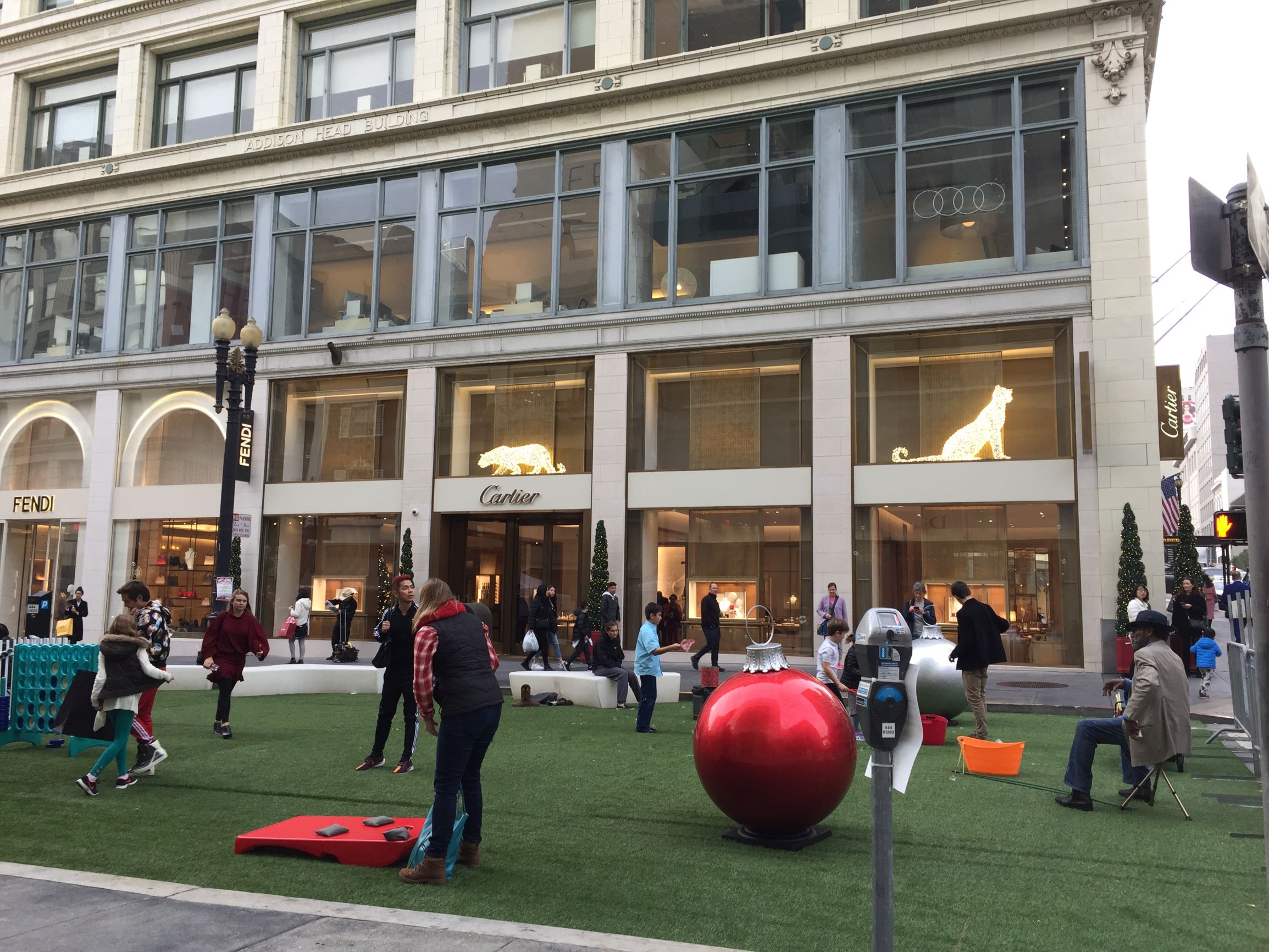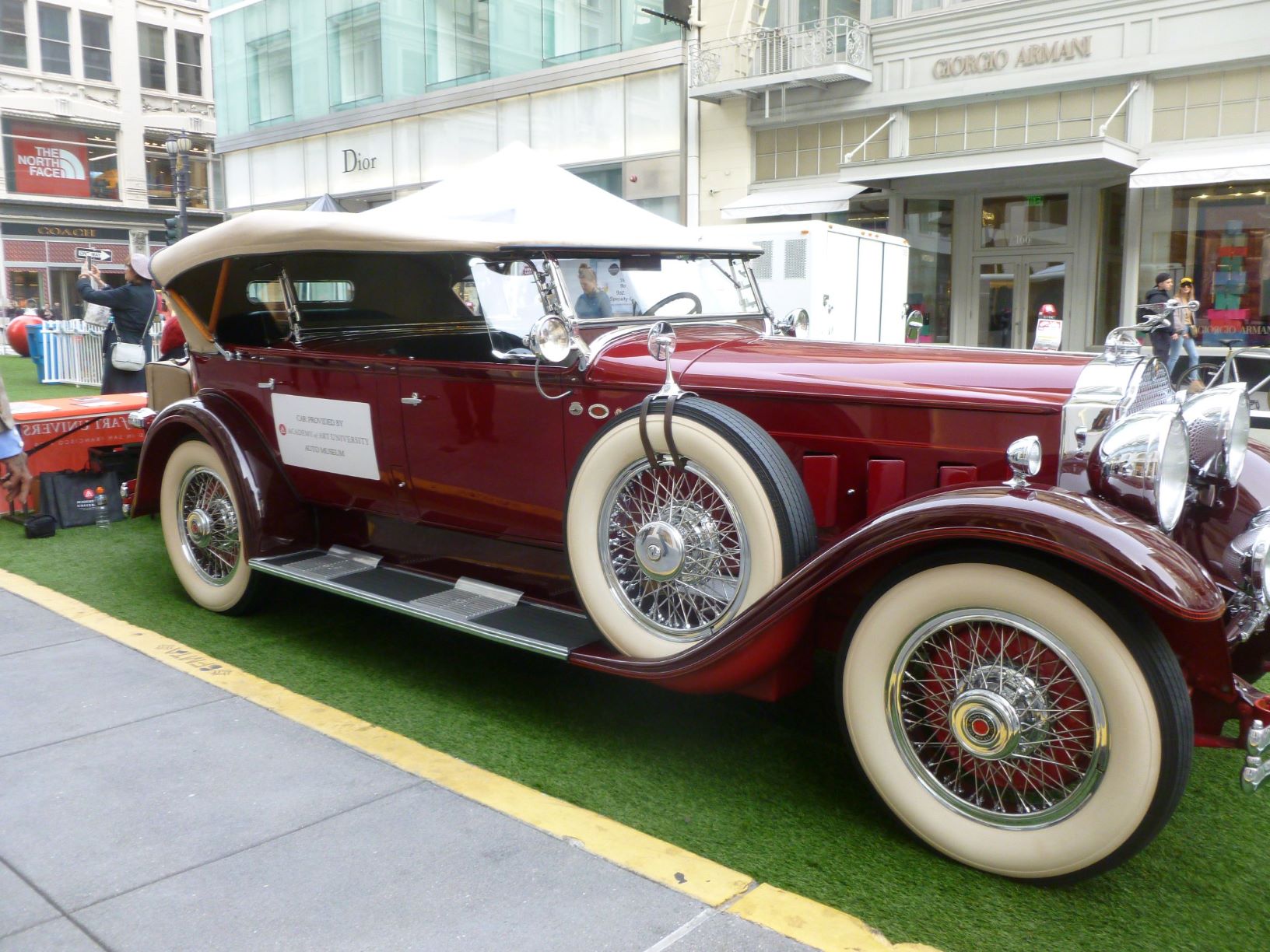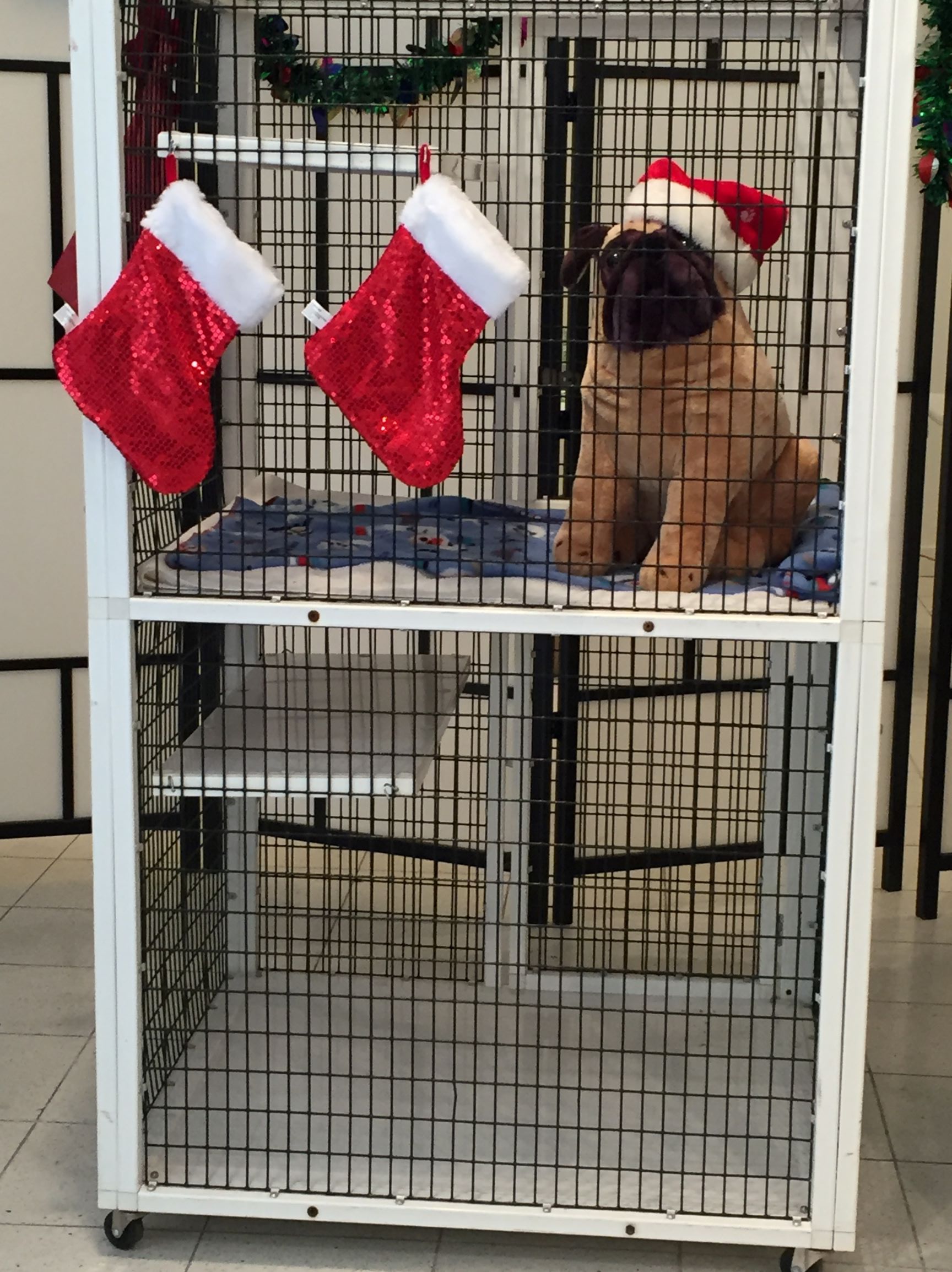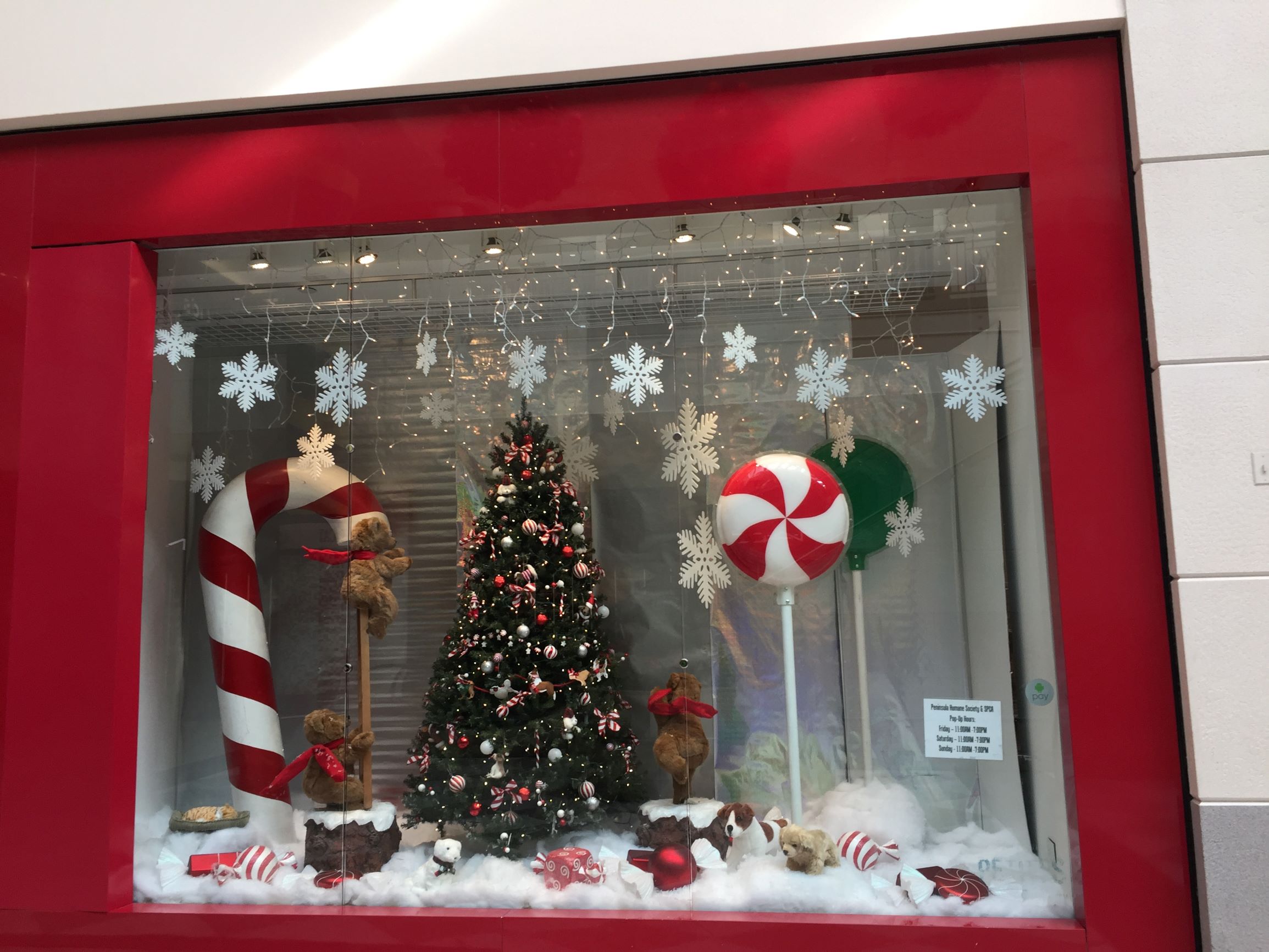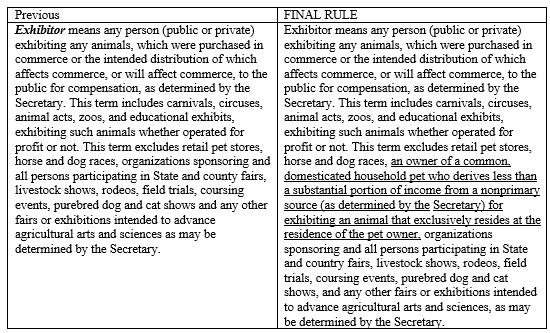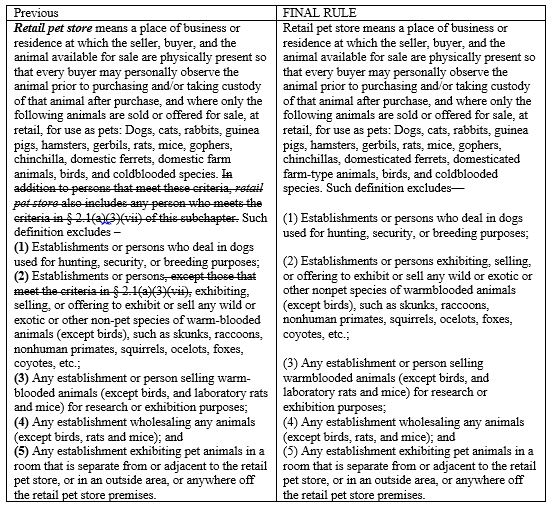In making these revisions, APHIS made minor changes to three (3) important definitions in the regulations, i.e. changes in language that are now in effect but may not be reflected in versions of the Code of Regulations for some time. These are “Dealer,” “Exhibitor” and “Retail pet store.” Should the need arise to quote or otherwise reference the Animal Welfare Act regulations, the revised definitions should be referenced and cited accordingly. For convenience, these revisions follow:
Part 1 Definition of Terms
Regulatory Text
The authority citation for part 1 continues to read as follows:
Authority:
7 U.S.C. 2131-2159; 7 CFR 2.22, 2.80, and 371.7.
2. Section 1.1 is amended by revising the definitions of Dealer, Exhibitor, and Retail pet store to read as follows:
1.1 Definitions.
* * * * *
Dealer means any person who, in commerce, for compensation or profit, delivers for transportation, or transports, except as a carrier, buys, or sells, or negotiates the purchase or sale of: Any dog or other animal whether alive or dead (including unborn animals, organs, limbs, blood, serum, or other parts) for research, teaching, testing, experimentation, exhibition, or use as a pet; or any dog at the wholesale level for hunting, security, or breeding purposes. This term does not include: A retail pet store, as defined in this section; and any retail outlet where dogs are sold for hunting, breeding, or security purposes.
* * * * *
Exhibitor means any person (public or private) exhibiting any animals, which were purchased in commerce or the intended distribution of which affects commerce, or will affect commerce, to the public for compensation, as determined by the Secretary. This term includes carnivals, circuses, animal acts, zoos, and educational exhibits, exhibiting such animals whether operated for profit or not. This term excludes retail pet stores, horse and dog races, an owner of a common, domesticated household pet who derives less than a substantial portion of income from a nonprimary source (as determined by the Secretary) for exhibiting an animal that exclusively resides at the residence of the pet owner, organizations sponsoring and all persons participating in State and country fairs, livestock shows, rodeos, field trials, coursing events, purebred dog and cat shows, and any other fairs or exhibitions intended to advance agricultural arts and sciences, as may be determined by the Secretary.
* * * * *
Retail pet store means a place of business or residence at which the seller, buyer, and the animal available for sale are physically present so that every buyer may personally observe the animal prior to purchasing and/or taking custody of that animal after purchase, and where only the following animals are sold or offered for sale, at retail, for use as pets: Dogs, cats, rabbits, guinea pigs, hamsters, gerbils, rats, mice, gophers, chinchillas, domesticated ferrets, domesticated farm-type animals, birds, and coldblooded species. Such definition excludes—
(1) Establishments or persons who deal in dogs used for hunting, security, or breeding purposes;
(2) Establishments or persons exhibiting, selling, or offering to exhibit or sell any wild or exotic or other nonpet species of warmblooded animals (except birds), such as skunks, raccoons, nonhuman primates, squirrels, ocelots, foxes, coyotes, etc.;
(3) Any establishment or person selling warmblooded animals (except birds, and laboratory rats and mice) for research or exhibition purposes;
(4) Any establishment wholesaling any animals (except birds, rats, and mice); and
(5) Any establishment exhibiting pet animals in a room that is separate from or adjacent to the retail pet store, or in an outside area, or anywhere off the retail pet store premises.





















































